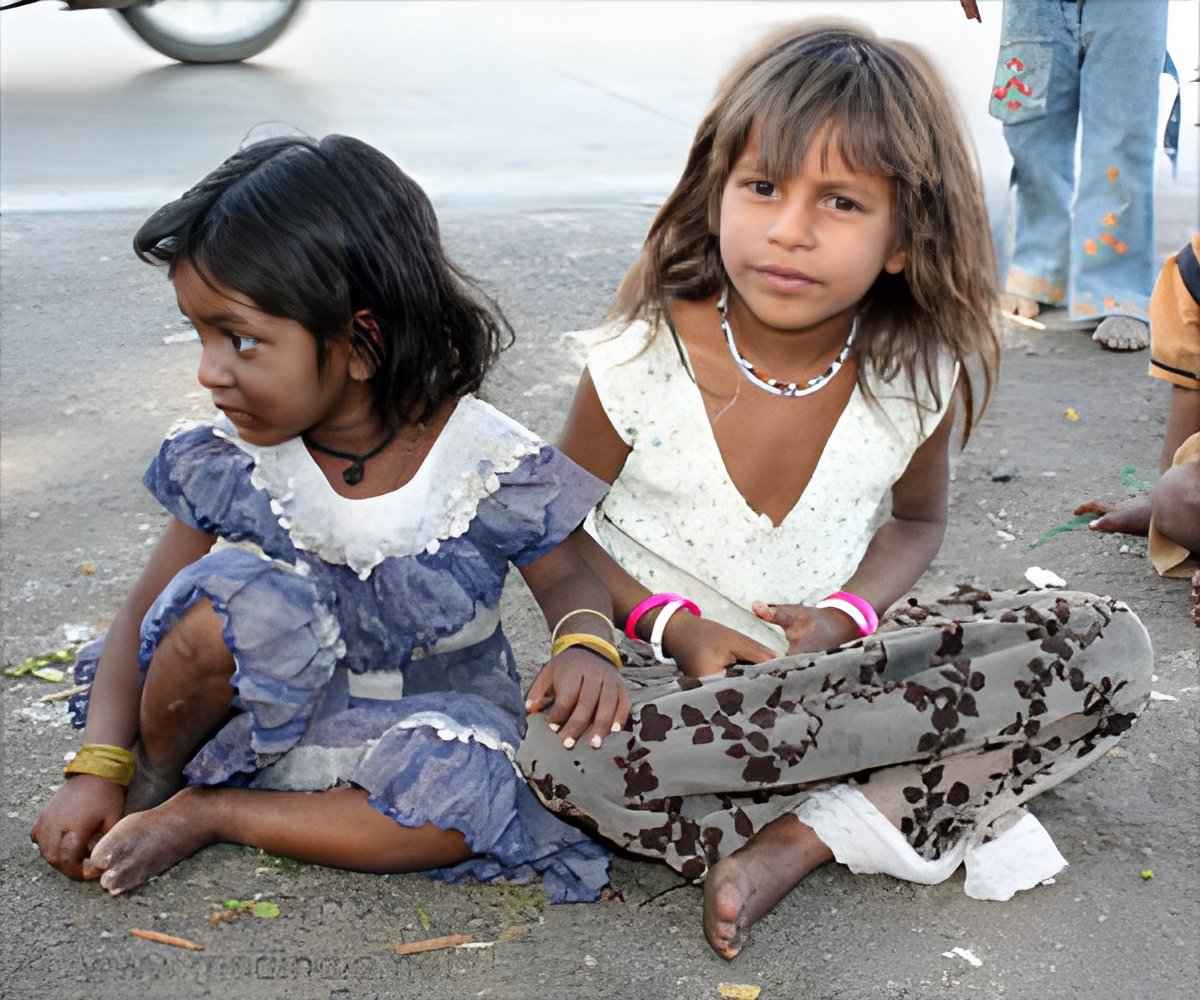
‘Scientists are now turning to satellite images to locate people living in poverty.’
Tweet it Now
"Our method, which requires only publicly available data, could transform efforts to track and target poverty in developing countries," the researchers said in their paper. According to World Bank data from 2000 to 2010, 39 out of 59 African countries conducted less than two surveys, from which nationally representative poverty measures could be constructed.
Overall, surveys are costly, infrequent, and cannot always reach countries or regions within countries, for instance, due to armed conflict.
Recent studies showed that satellite data capturing nightlights can be used to predict wealth in a given area.
However, nightlight data alone is not effective at differentiating between regions at the bottom end of the income distribution, where satellite images appear uniformly dark.
Advertisement
The researchers then developed a sophisticated learning algorithm that categorizes these features and found that this method did a surprisingly good job predicting the distribution of poverty.
Advertisement
"We demonstrate an accurate, inexpensive, and scalable method for estimating consumption expenditure and asset wealth from high-resolution satellite imagery," the study said.
"It also demonstrates how powerful machine learning techniques can be applied in a setting with limited training data, suggesting broad potential application across many scientific domains."
Source-IANS









